In preparing for effective karate practice or competition, selecting a well-fitted and functional karate suit, known as a gi, is crucial. The ideal gi should be constructed from a breathable yet sturdy fabric, offering both comfort and resilience. It should be neither too heavy nor too light, allowing for unobstructed movement during techniques like kicks and punches. While tradition favors a white gi, specific color or design may vary according to dojo guidelines or competition rules. A matching obi is also essential, signifying your rank and respecting karate etiquette. For safety and performance in sparring, protective gear such as gloves, shin guards, and foot protectors are necessary to prevent injuries. Additional accessories like a mouthguard, athletic tape, proper footwear, and a water bottle support overall well-being and training effectiveness. Proper nutrition complements this setup, ensuring sustained energy levels for both performance and recovery. All these elements combined with a karate suit create an optimal training environment for practitioners at all levels.
Embarking on a journey in karate requires more than just dedication and discipline; it involves equipping oneself with the appropriate attire and gear. This article serves as a guide for beginners and seasoned practitioners alike, illuminating what to bring for optimal training. We’ll explore the significance of the karate suit, known as a Gi, and its role in your practice. We’ll also delve into selecting a Gi that enhances comfort and performance, the importance of a well-chosen Karate Obi, and why protective gear is essential for safeguarding your training experience. Additionally, we’ll cover accessories that complement your training, ensuring you’re fully prepared for every strike and step on the mat.
- Understanding the Essentials: The Karate Suit and Its Significance
- Kicking Comfort into Gear: Selecting Your Ideal Karate Gi
- The Belt That Binds: Choosing Your Karate Obi with Purpose
- Protective Gear for Peak Performance: Pads, Gloves, and Foot Guards in Karate
- Additional Accessories for Optimal Karate Training: From Belts to Bandages
Understanding the Essentials: The Karate Suit and Its Significance
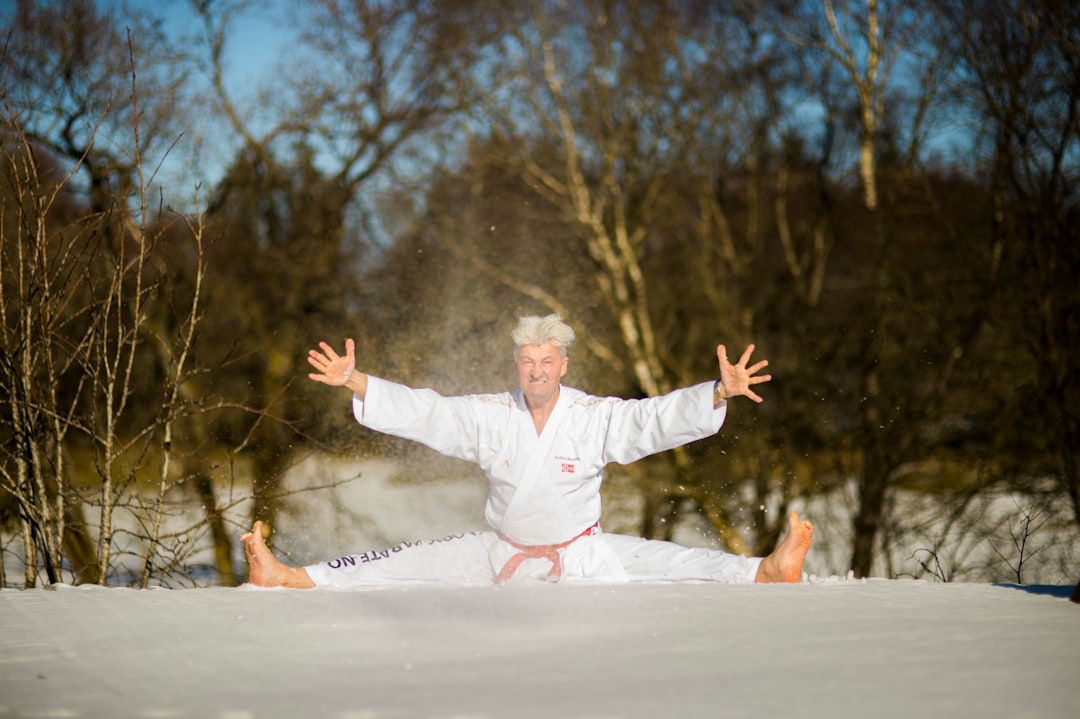
When preparing for a karate practice or competition, selecting the appropriate attire is crucial to ensure comfort and adherence to the sport’s traditions. The karate suit, known as a gi, serves as a blank canvas that allows practitioners to focus on their movements without distraction. A traditional karate gi typically consists of a jacket and trousers, often in white, which signifies peace and spiritually clean attire. It is essential for the gi to be made of a durable and breathable fabric, as this will facilitate movement during practice or sparring. Does the material’s weight offer both durability and flexibility? Absolutely, as a heavy gi might restrict movement, while a flimsy one could tear under stress. The fit of the gi should also be considered; it must not be overly tight or loose, as this can affect performance. Are there any specific requirements for the color or design of the karate suit? While white is the most common and traditional choice, some styles or events may specify a different color. It’s important to check with your dojo or competition guidelines to ensure compliance with their dress code. Understanding the significance of the karate suit extends beyond its visual aspects; it encompasses the discipline, tradition, and respect that are foundational to the practice of karate.
Kicking Comfort into Gear: Selecting Your Ideal Karate Gi
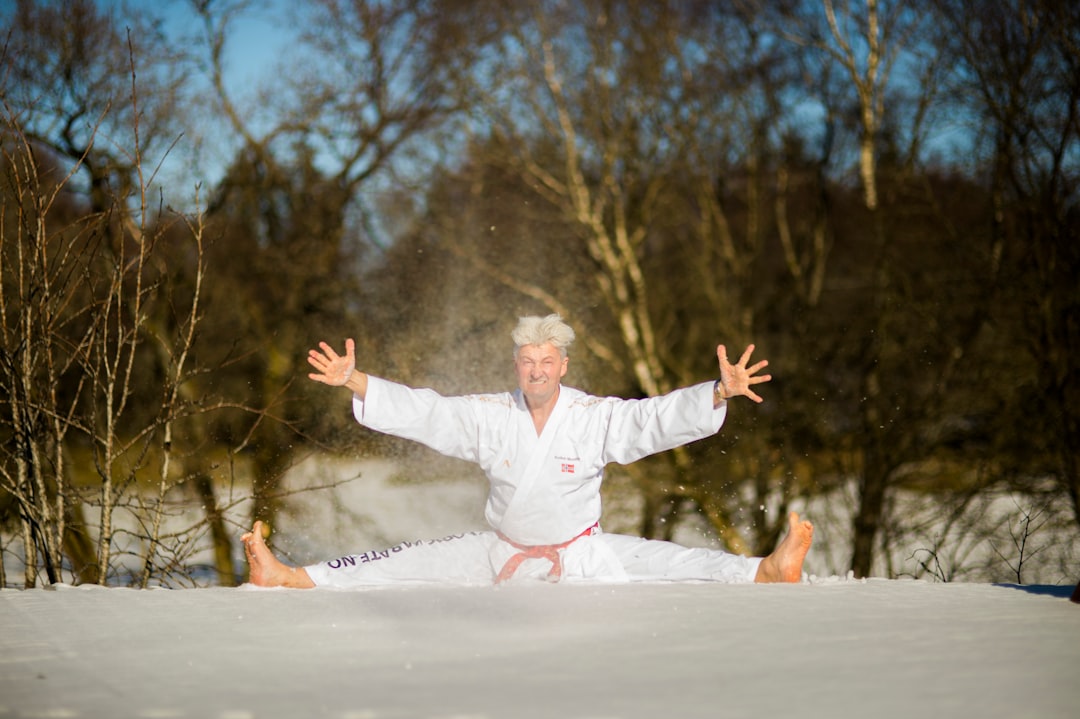
When preparing for a karate practice or competition, choosing the right karate suit, commonly referred to as a Gi, is crucial for both comfort and performance. The ideal Gi should offer unhindered mobility while allowing you to execute kicks with precision and power. Does the Gi you’re considering provide flexibility where it’s needed most? A well-fitted Gi won’t restrict your movements or cause distractions during sparring or forms. It’s not just about the style; it’s about how the Gi feels from the first bow to the last bow at the end of class. The fabric should be lightweight yet durable, absorbing sweat effectively without being too thick or heavy. Does the material breathe well and stand up to repeated washes? A high-quality Gi made with a blend of cotton and polyester often meets these criteria, ensuring that you can kick into gear comfortably and maintain focus on your technique. Additionally, consider the weave of the fabric; it should be tight enough to prevent snags but not so tight as to compromise the Gi’s ability to glide over the mat during techniques. Are there reinforced knees and stitching in areas that see the most wear? These details can make a significant difference in both the longevity of your Gi and your ability to perform at your best. Remember, the right Gi not only supports your physical movements but also respects the traditional aspects of karate training.
The Belt That Binds: Choosing Your Karate Obi with Purpose
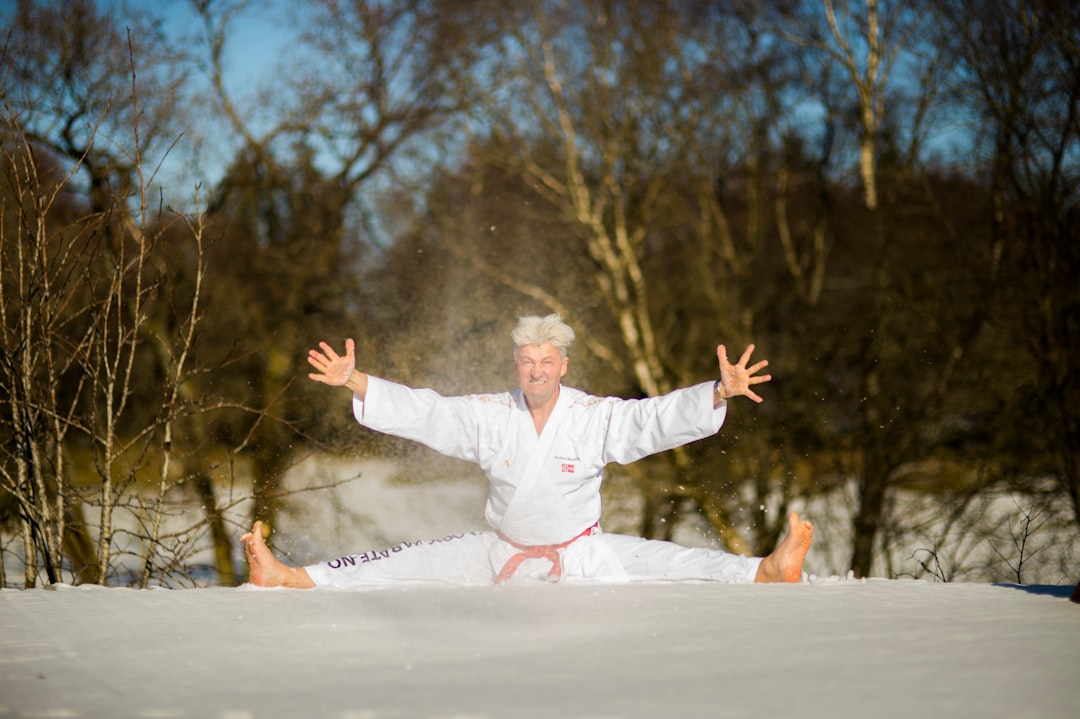
When preparing for a karate practice or competition, selecting the right karate suit called ‘keikogi’ is just as crucial as choosing your belt—the karate obi. The obi not only holds your belt in place but also represents your rank and dedication within the martial art. It’s essential to choose an obi that complements your keikogi, reflecting your commitment to the discipline of karate. Is the obi you’ve chosen in alignment with your current belt level? Typically, the color and style of your obi should correspond to your belt rank, ensuring that you present yourself respectfully according to the traditional etiquette of karate. A white obi is often paired with a white keikogi, while higher ranks might opt for a black or patterned obi that signifies their progress in the art. Does it accurately denote your rank? It’s important to ensure that your obi accurately represents your current level, as this is a key aspect of respect and tradition in karate. Additionally, the quality of the obi can affect its durability and comfort during practice or competition; therefore, investing in a well-crafted obi from a reputable supplier is advisable to support your training and honor the martial art’s customs.
Protective Gear for Peak Performance: Pads, Gloves, and Foot Guards in Karate
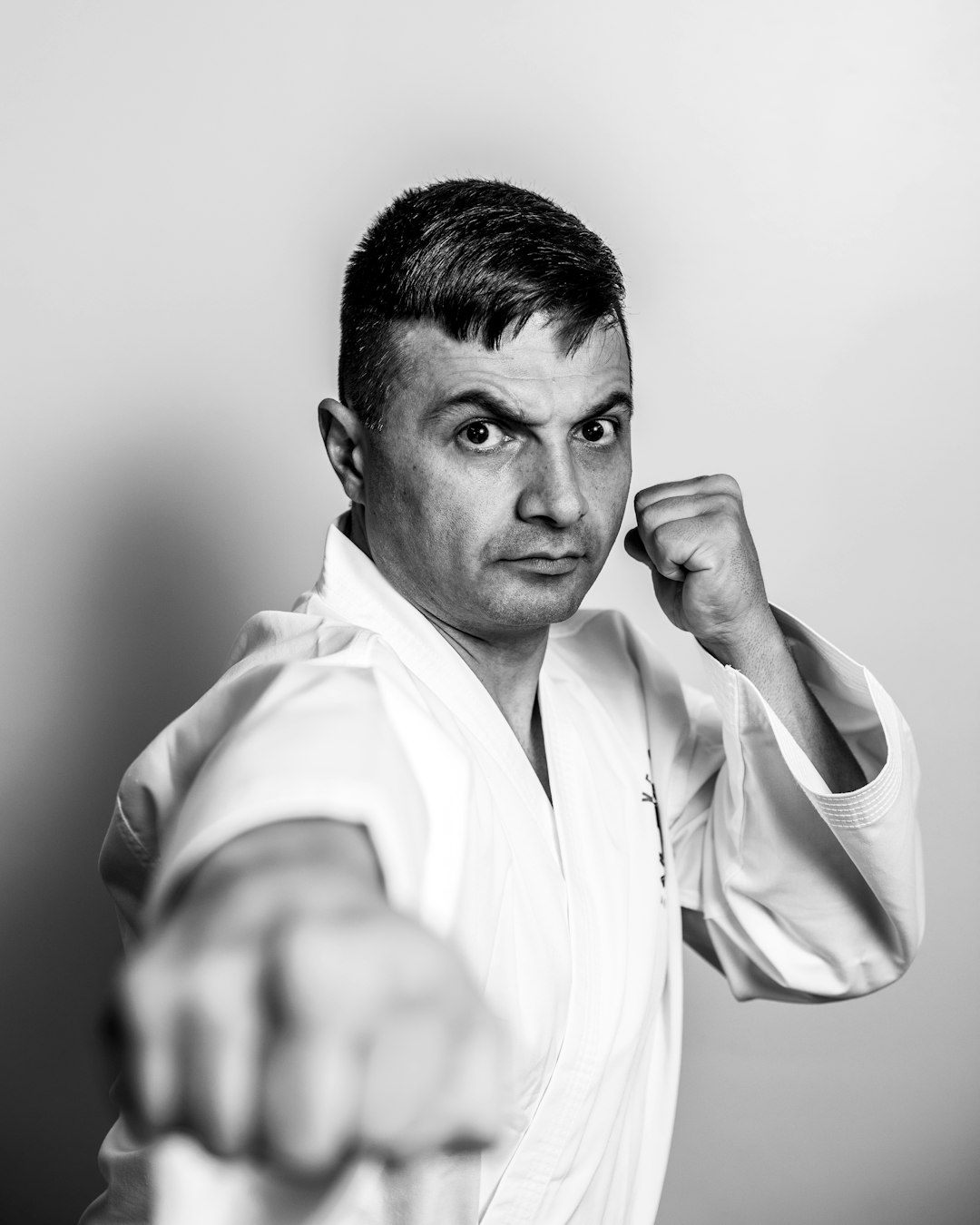
When preparing for a karate session or competition, selecting the right protective gear is crucial to enhance performance and ensure safety. A karate suit, known as a gi, is the standard uniform for practitioners, but beyond this, additional gear is necessary to protect oneself during practice and sparring. Pads are an essential component of protective gear in karate; they safeguard sensitive areas such as the head, forearms, shins, and chest. Do you need pads for karate? Absolutely, as they are designed to absorb impact and prevent injuries that could arise from kicks, punches, and blocks. Gloves, another key piece of protective equipment, are tailored to protect the hands during striking exercises, sparring, and drills. Are gloves mandatory in karate? While optional in some styles or for certain ranks, gloves can significantly reduce the risk of hand injuries and allow for more effective training. Foot guards, also known as foot protectors or maedi, are specifically designed to protect the feet during techniques involving kicks. How do foot guards benefit karate practitioners? They provide a barrier between the foot and the impact surface, which is particularly important when practicing high kicks or when sparring with partners. Investing in high-quality protective gear not only promotes peak performance by minimizing distractions from pain or injury but also allows karateka to execute techniques with greater precision and power. Whether practicing strikes, blocks, or kicks, the right protective gear ensures that your focus remains on honing your skills and perfecting your form.
Additional Accessories for Optimal Karate Training: From Belts to Bandages
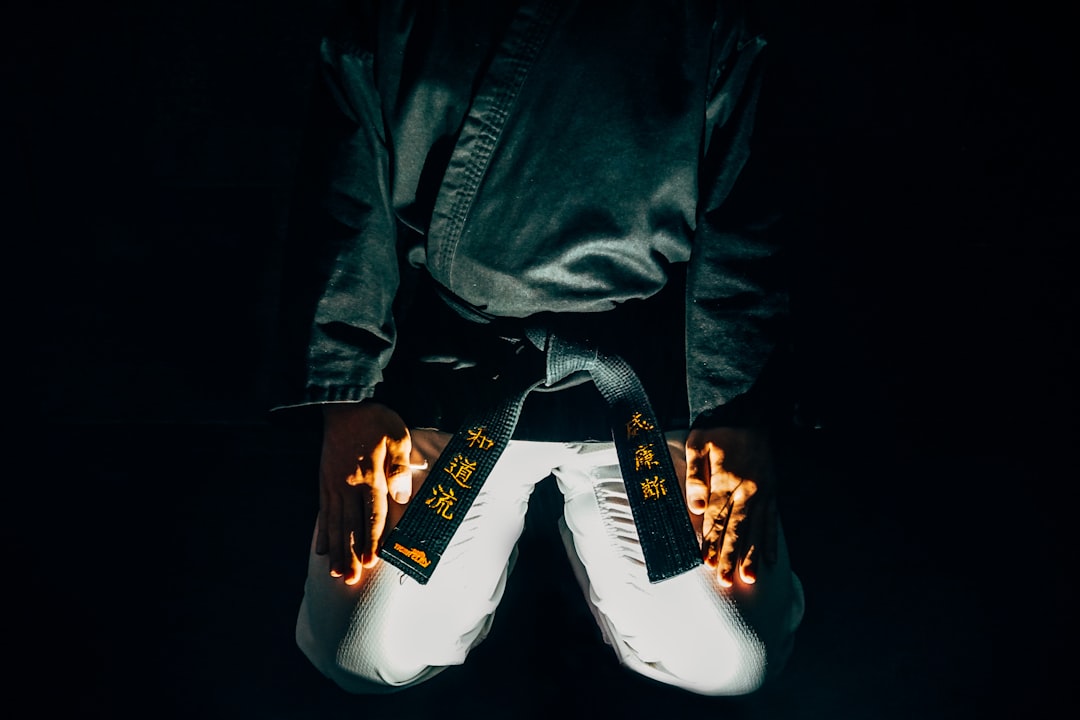
When preparing for optimal karate training, aside from the essential gear like your karate suit called a gi, there are additional accessories that can enhance your experience and performance. Do you need anything beyond the basics to complement your karate practice? Absolutely. For instance, protective gear is crucial when sparring to prevent injuries and ensure safety. Are protective gloves and shin guards mandatory for sparring sessions? Yes, they are essential for safeguarding your hands and legs during contact exercises. Beyond protection, consider a high-quality mouthguard to shield your teeth and gums from impact. Proper footwear, such as karate dojos specifically designed for the sport, can also provide support and traction on the training floor. Additionally, bandages and athletic tape can be used to protect any minor cuts or strains you might acquire during intense training, allowing you to continue your practice without compromising your health. Remember, while a gi is the staple of karate attire, these accessories are equally important for a well-rounded and safe training environment. What about hydration and nutrition? A durable water bottle to keep you hydrated during long training sessions is another accessory that shouldn’t be overlooked. Ensuring your body stays fueled with the right nutrients before, during, and after training is key to maintaining energy levels and recovering effectively. These additional accessories, in conjunction with your karate suit, will contribute to a more effective and safer training regimen.
When engaging in the discipline of karate, selecting the appropriate attire and protective gear is paramount for both performance and respect for the practice. A karate suit, known as a keikogi, is not merely a uniform but a symbol of readiness and dedication. It should be both comfortable and well-fitted to facilitate optimal movement during training. Complementing the keikogi, the obi—a belt used for tying the jacket closed—serves as a visual representation of rank and commitment. Beyond these foundational elements, protective gear such as pads, gloves, and foot guards are essential for safety and enabling you to practice with intensity without fear of injury. Additionally, accessory items like belts and bandages ensure that every aspect of your training environment is conducive to your growth in karate. By thoughtfully selecting each piece of equipment, practitioners can fully immerse themselves in the art, honing their skills and striving for excellence with each movement.
